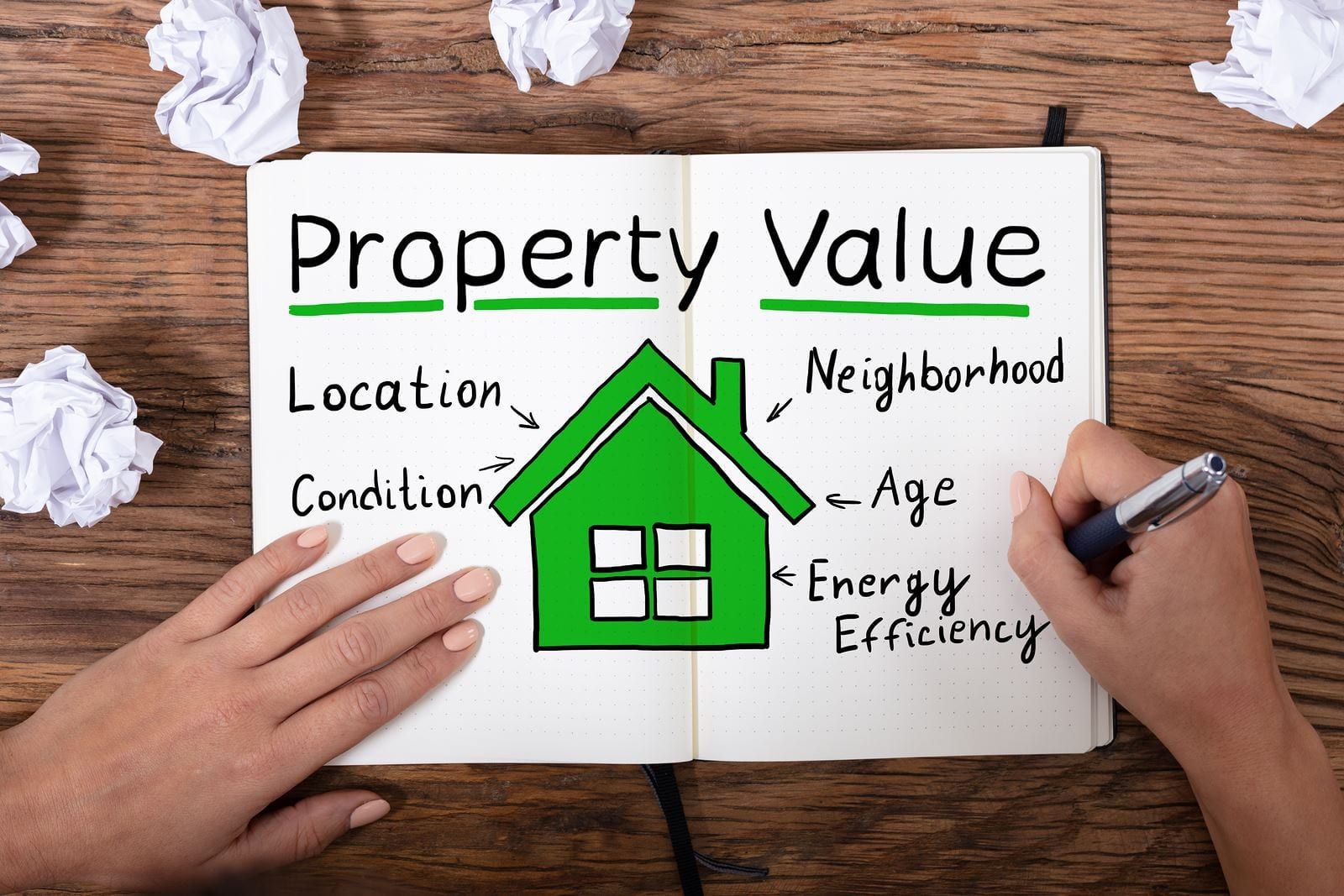
19 Dec How Do I Figure Out the After Repair Value of a Property?
Investing in real estate does not have to be high-risk. One way to mitigate your risk is to calculate the After Repair Value prior to making an offer. How do you figure out the ARV when you’re sifting through numerous properties online?
First, let’s examine the ARV formula:
ARV = Property’s current value + Renovation costs + Sweat equity
Many real estate investors define the ARV as the current value plus renovation expenses. However, that calculation does not factor in the additional value that a buyer or appraiser may see in an updated home. For example, if the current value is $150,000 and renovation costs are $50,000, that doesn’t mean the ARV will be $200,000 (unless you paid too much for the property at $150,000). The ARV could be $275,000, meaning that your $50,000 of improvements actually increases the value by $125,000. Therefore, your hard work (sweat equity) creates an extra $75,000 of value.
A sharp investor quickly evaluates many potential deals that they see online before getting in their vehicle to go see the ones that make the initial cut. You may look at 100 properties online yet only physically look at 10. So how do you get an idea of the ARV?
Many people look for the Zillow Zestimate, which is also available as the Trulia Estimate (Zillow owns Trulia). Zillow and Trulia have been posting fewer estimates lately. Zillow had the high profile exit from their home buying business after the company lost hundreds of millions of dollars, partly because of faulty Zestimates. Regardless, looking for the valuation on Zillow or Trulia is a good first step. If you’re a landlord, Zillow sometimes provides an estimated rent.
Realtor.com provides a home value on most houses. What’s nice about Realtor.com is that they provide up to three valuations for houses for sale. The three sources are CoreLogic, Quantarium, and Collateral Analytics. Realtor.com provides a single estimate of value for many houses that are not currently for sale. I look at Zillow first and then at Realtor.com to see if the estimates are fairly close.
There may be 50 potential pieces of data that an algorithm can pull from. These data sets include number of bedrooms and bathrooms, square footage, recent nearby sales, property tax assessments, and other houses on the market. However, the algorithms tend to derive their value from only about five data points.
Even though you may glean some estimates from Zillow and Realtor.com, those numbers don’t always represent the ARV. One challenge for these algorithms is that the condition of the property is not really known. Another challenge is that the algorithms may not know certain factors that could enhance, or diminish, the value. For instance, if a house has walk-through bedrooms, the algorithm would not know that and could value the property higher than it should be. The Zillow and Realtor.com valuations are information for you to evaluate and then use with additional information.
What additional information is helpful? A Realtor’s comparable market analysis (CMA) carries a lot of weight. A Realtor, particularly one who has seen the property in person or virtually, can factor in recent sales, the layout, the location, and other factors. In essence, they can pull from more than five data points and also factor in their intuition that comes from experience. Realtors also have access to an algorithm called the Realtor Property Resource, which pulls from more data sets than Zillow and also allows the Realtor to add data. For example, what if the prior owner added a bathroom? They might not have told the tax assessor about it, and therefore that information would not have made it into the tax records for Zillow’s algorithm. Your Realtor can add the extra bathroom into RPR, and it will provide a value adjustment. RPR provides a likely value range with a 1 to 5 star confidence level. A Realtor could also consult their broker or other agents in the brokerage.
What’s really cool about RPR is that it can make adjustments for future improvements too. Let’s say you want to add a bedroom and upgrade the kitchen. Your Realtor can enter that data, including an estimate of the renovation costs, RPR will calculate how much value those improvements will add to the house. I like comparing the values from Zillow, Realtor.com, and RPR to establish an ARV.
Practically speaking, obtaining a CMA from your Realtor on every property that you are considering may not be feasible. A thoughtful CMA takes time to craft. You might not want to overburden them by asking for 50 CMAs in a week. Or, they might not be able to respond as quickly to every request. Even if your Realtor is awesome and highly responsive, you owe it to yourself to establish a skill in evaluating the ARV of potential deals.
Another thing you can do to calculate the ARV is to know the price appreciation (or decline) in a neighborhood year-over-year or year-to-date. If the values have gone up 7 percent year over year, and a near-identical home sold for $200,000 a year ago, it’s plausible that the new ARV is $214,000. Knowing how the market is moving will help you.
Another way to become really good at knowing an ARV is to stick to a specific neighborhood. Over time, you will develop a sense of the values because of your acute familiarity with the area.
A wealthy real estate investor is a skilled one. Sharpen your saw constantly.
Tai DeSa is a graduate of The Wharton School of the University of Pennsylvania. He became a full-time real estate investor in 2004 after serving in the U.S. Navy. Tai has made colossal mistakes in investing (and learned some things along the way). He has helped hundreds of homeowners avoid foreclosure through successful short sales. Check out Tai’s books on Amazon.com. Tai may be available for coaching and speaking engagements on a variety of real estate topics. Send an email to tai@investandtransform.com.






No Comments